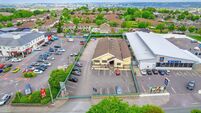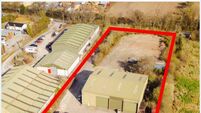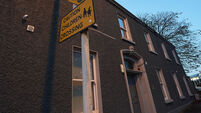Cork City's Heritage and Biodiversity plan to 2026 envisaged in webinar
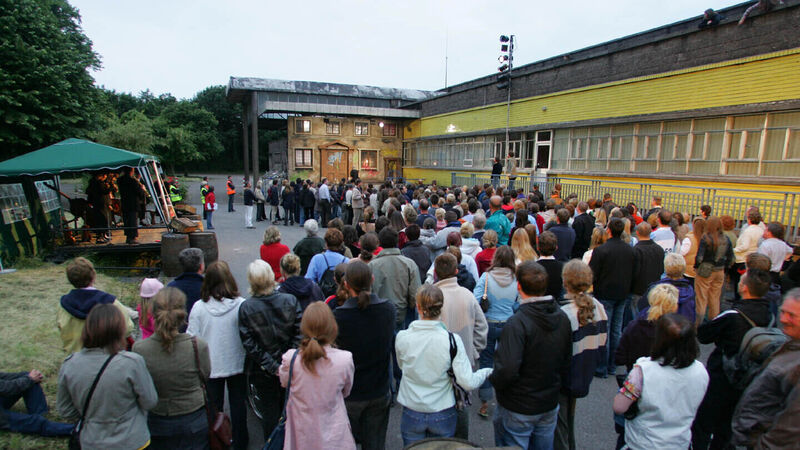
A 2005 European City of Culture Corcadorca production of The Merchant of Venice, being performed at the Cork's 1960s North Mall Distillery/Bottling plant, designed by architect Frank Murphy. Pic: Neil Danton
TOP issues raised at an online seminar anticipating Cork City’s Draft Heritage and Biodiversity Plan up to 2026 include a number of concerns raised by the impact of the Covid-19 pandemic.
As the City Council already ramps up and expedites urban initiatives, such as the rolling out of widescale pedestrianisation of 17 city streets, further suggestions for a more liveable city centre came from a Zoom webinar last week organised by the Council’s Heritage Officer Niamh Twomey. It had 235 registered and 135 logging on the night with several guest contributors, all partaking in online chat strands.
According to Ms Twomey, among the issues and topics raised for consideration in the local authority’s next five-year heritage and biodiversity plan are management of vacant and derelict sites; invigorating the city centre post-Covid19, and looking at options of more open and accessible public spaces if developments such a office schemes get stalled.
Also raised was ensuring new buildings fit in with the character of the existing city so they aren’t so generic or dominant in a city historically marked out by small plot divisions.
Proposed too is a greater appreciation of the heritage of former industrial buildings, as highlighted in the 2021 Pritzker Prize award to French architects for adapting a former Dunkirk shipyard building as a contemporary museum, the FRAC Nord-Pas de Calais.
A possible role for UCC as guardian and user of historical buildings was also suggested, eg after it acquired 1 Lapps Quay/Cork Saving Bank some years ago: see accompanying online piece here on emerging controversy and petition against UCC's plans on the North Mall Distillery site, to demolish a 1960s architectural classic for a major Tyndall Institute research building expansion.
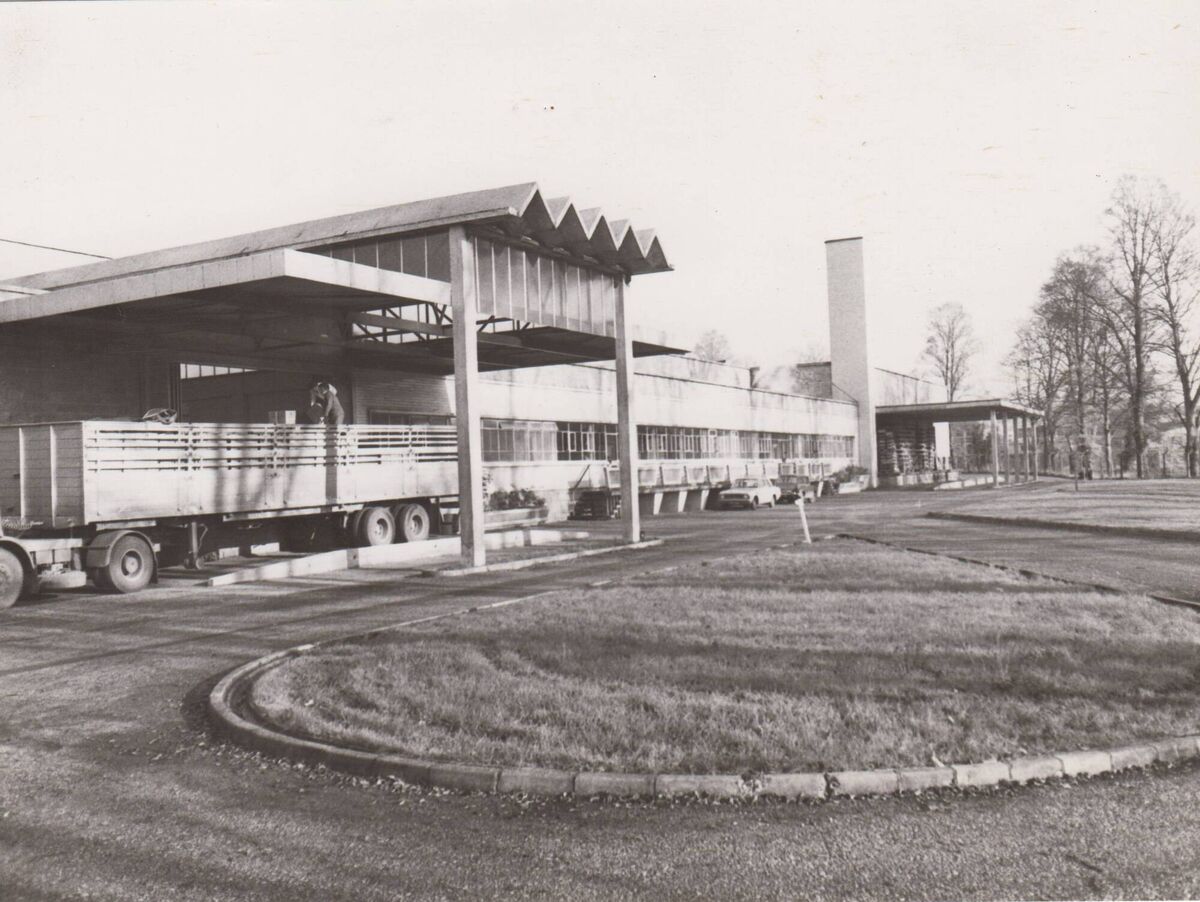
Suggested too was the creation of an identifiable Medieval Quarter, eg identified by a pin on Google maps on historic spine streets such as North and South Main Streets with a further museum there also proposed.
Identifiable Elizabethan, Dutch and Jewish Quarters were also suggested: the city already has branded Huguenot and Victorian Quarters.
There should be highlighted heritage awareness of newer areas now in the expanded City boundary, also, it's proposed.
Further topics aired included increasing and managing green spaces in a more environmental way, as well as encouraging community gardens and allotments; having a policy on light pollution; involving the wider civic society in consultation and implementation, and improve resources for biodiversity, with calls made on the night for appointing a Biodiversity Officer.
Submissions on the draft plan have also been sought, but there’s now a cut-off date of mid-April.
Other topics discussed in the webinar and proposed for consideration in the Draft Heritage and Biodiversity plan update to 2026 on the night included initiatives to improve uptake on ‘Living above the Shop’; addressing building maintenance and decay, more natural and 'less concrete' ;flood relief schemes both for the wider city centre and the River Bride in Blackpool, along with the impact of tall buildings, on the back of planning permission granted by An Bord Pleanála for a 34-storey hotel tower on the Custom House/Port of Cork site site.
The city’s longer heritage term was also outlined by contributor Dr Griffin Murray, lecturer in Archaeology in UCC who said Cork had always been “a city of foreigners,” with settlers from Celts, Huguenots and Vikings, who came, conquered and sought refuge, influencing and blending with the native Irish much as today’s immigrants from Africa, or Eastern Europe now do.
Cork has few physical examples of its medieval past above ground, noted Dr Murray, but he said signage and information should be more present to recall and explain those old roots in the city’s development.
Among the other contributors to last week’s CCC Zoom webinar were historian and author Diarmuid O’Drisceoil speaking on what cultural heritage means, Tommy Barker, Property Editor, Irish Examiner on the neglect of the built heritage and possible conflicts when development is proposed, Bernadette Connolly, Development Coordinator of Cork Environmental Forum (CEF) and biodiversity expert encouraging citizen Science, and scientist and ecologist John Armstrong, Campaigns Manager for Cork Nature Network (CNN).
The Moderator of the webinar was former City Librarian Liam Ronayne and it was introduced by Fearghal Reidy Director of Service, Strategic Planning and Economic Development, Cork City Council. Submissions on the Draft Heritage and Biodiversity plan, which have been sought in recent weeks, have a closing date now of tomorrow.
Submission/comment details: online portal https://consult.corkcity.ie/en/surveys
Email heritage@corkcity.ie
Or write to The Heritage Officer, Strategic and Economic Development Directorate, Cork City Council, City Hall, Cork.
A PETITION has been started to persuade UCC not to demolish a disused industrial building off Cork’s North Mall. The college wants to to clear a site for a major new nanoelectronics research Tyndall National Institute building facing the current Tyndall centre which employs 600, and generates €30 million a year in research grants.
The third level institute, which runs the flagship Tyndall, has sought planning permission for a 180,000 sq ft new research building, from four to seven storeys, on the leafy Distillery Fields, to be linked to the existing institute which includes old maltings buildings on the city end of the Mardyke.
Part of the plan envisages demolition of what’s widely regarded as an example of classic 1960s architecture, done in 1964 by leading Cork architect Frank Murphy, who won a Europa Nostra medal in 1975 for his body of work, including 1 South Mall, and Thompson House on MacCurtain Street.
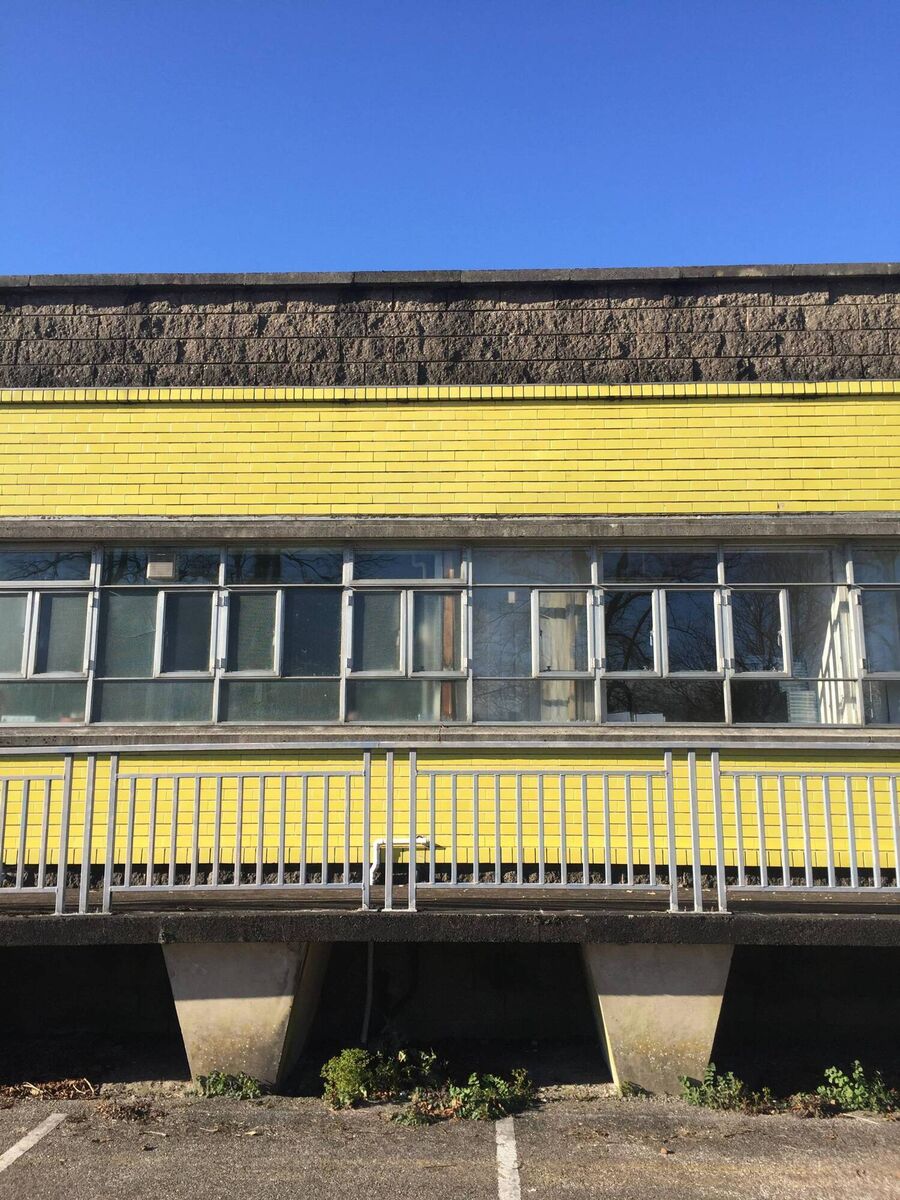
The long structure, Murphy's largest, is not listed, but has featured in a number of publications (including Irish Examiner features) and theses.
Ironically, Frank Murphy was a noted national campaigner for preservation of important buildings.
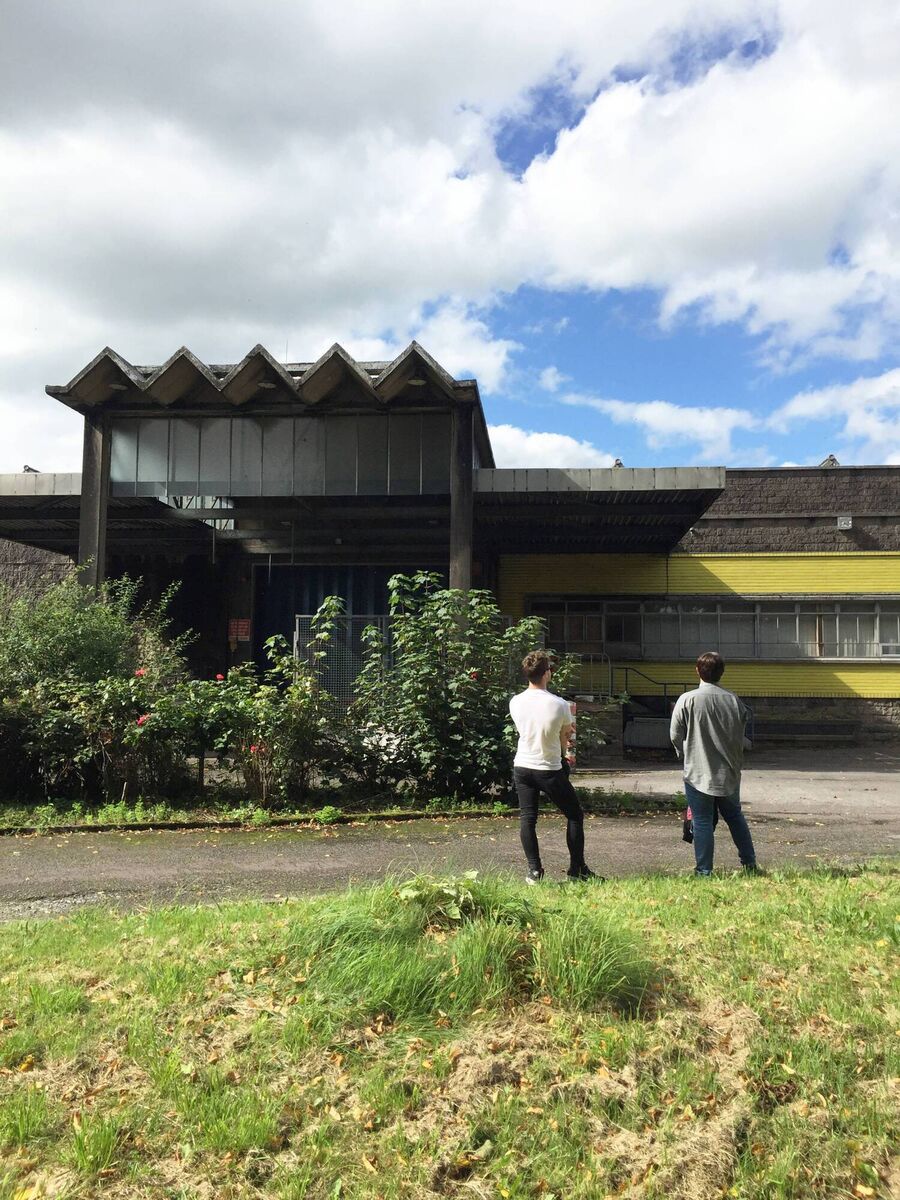
Both modernist and conservation-minded, he set up the Cork Preservation Society in 1968 to preserve Cork’s threatened heritage, starting with Skiddy’s Almshouse in Shandon, as well as Doneraile Court (now finally reopened by the OPW)and was an advisor to the Irish Georgian Society and An Taisce.



